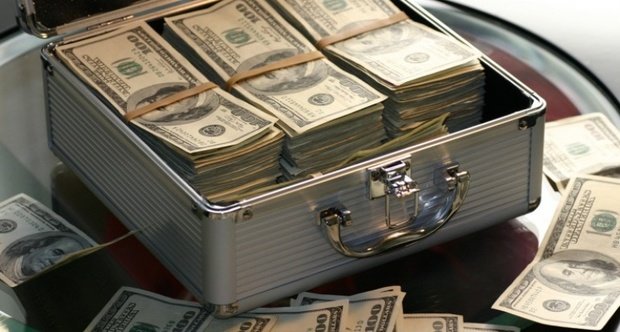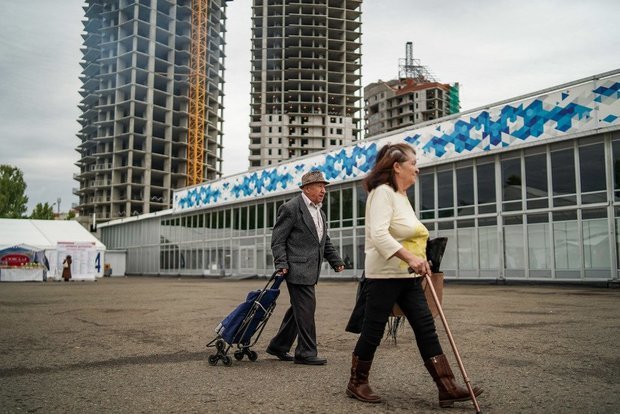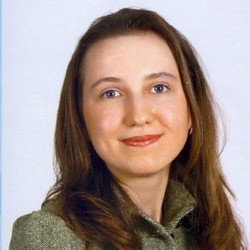Better late. Putin's goal to be achieved, but not in time
The World Bank has stated the stipulations of the May Decree can be implemented with a delay of 4 years
The tasks set by Vladimir Putin to increase the economic growth rate will be achieved — but only with a delay of 4 years. This was stated by the World Bank, which believes that the growth of 3% is possible not earlier than in 2028. The coming years are unlikely to be successful for Russia. There are global tensions, raising rates in the US and uncertainty in the oil market playing against this. Read more in the material of Realnoe Vremya.
Clouds are gathering
The World Bank has published a report on Russia, which assesses the chances of achieving the goals set by President Vladimir Putin in the new May Decree. Basically, we are talking about two of its most ambitious points: a twofold reduction in poverty by 2024, as well as achieving economic growth rates that would exceed the world average.
The main points of the report are as follows. In the first half of 2018, Russia was favoured by global environment: strong growth of the world economy and high oil prices. As a result, for the first half of the year the country's GDP grew by 1,7% in annual terms. However, every sign indicates that growth is going to slow down, and the first signs of slowdown may appear in the data for the third quarter.
The growing turbulence experienced by emerging markets and growing geopolitical risks can be a drag on the Russian economy – all that can lead to an even stronger outflow of capital.
The world economy is currently growing at a stable pace, but there are also risks that in the future may slow the global growth. The tariff war between the two largest economies — the US and China — has affected about 2,5% of global imports. In particular, it has had a negative impact on the main trade partners of Russia (Eurozone countries and China).

The prospect of higher rates in the United States and other major economies has led to a significant weakening of the currencies of developing countries and reduced their attractiveness to portfolio investors.
Among other things, there are other factors that can also have a bad impact on Russia. Due to plans to increase the oil production by OPEC+ and the US, the balance in the oil market may be shaken: the former controlled deficit may be replaced by excess supply, which will lead to a fall in prices.
Remote three per cent
As noted by the World Bank, the prospects for accelerating Russia's GDP growth — and hence the implementation of certain stipulations of the May Decree — remain low.
To ''warm up'' the economy, the Kremlin and the government increased government spending on education, health, infrastructure, social policy, support for small and medium-sized businesses and exports. In 2018-2024, additional expenses in these areas are to amount to about 8 trillion rubles. On the one hand, it stimulates economic growth, on the other — it will increase budget risks.
According to the baseline scenario, the economic growth rate until 2020 is to be from 1,5 to 1,8% (the ministry of economic development predicts a growth of 1,3% in 2019 and 2% in 2020 — editor's note). Thus, Russia will lag behind the average for emerging and developed markets.
What is the probability of achieving the goals set by Putin? It is quite possible to reduce poverty twofold (from 13,2% in 2017 to 6,6% in 2024), the World Bank states. What is more, it is possible even in the context of sluggish economic growth. To do this, it is necessary to redistribute funding in the amount from 0,39% to 0,45% of GDP per year through social assistance and budget transfers. To implement the decree, it will be necessary to increase the share of targeted social support from the current 20% to 60-70%. The money saved through increased targeting can be used to finance additional transfers.

Let us note that the opinion of the World Bank on poverty reduction is shared by other experts.
As for reaching economic growth rates above the world average — there are problems. The potential of the Russian economy had reached its peak before the 2008 financial crisis — since then, the pace has slowed. According to the World Bank, a slowdown is going to take place in the following years: a minimum growth of 1,3% is projected for 2022 (while the ministry of economy expects this year's growth of 3,2%).
After 2022, the dynamics will begin to increase. However, the desired growth rate of 3% can be achieved only by 2028, according to the World Bank. The main incentives for the Russian economy will be an increase in migration, in general productivity and in the retirement age. An additional favourable factor could be an increase in oil prices, and a deterrent — the expansion of sanctions and geopolitical risks that will weaken domestic demand.
How to grow?
''It is possible to talk about the long-term nature of economic growth and the possibility of further acceleration of its rates only in the conditions of certainty and predictability of the macroeconomic environment. At present, when a number of indicators of the Russian economy are subject to significant fluctuations, such forecasts have a low degree of reliability. A natural question arises: due to what tools, the development of which industries it is planned to achieve the target figures?'' says Associate Professor of Economic Theory at the Plekhanov Russian university of Economics Irina Komarova.
 According to her, recently imbalances in the development of mining and processing industries have been growing in Russia — the first shows a strong growth, while the latter, on the contrary, slows down. The decline in the index of business confidence also indicates not in favour of intensive growth, as well as the natural decline of enterprises, Komarova believes.
According to her, recently imbalances in the development of mining and processing industries have been growing in Russia — the first shows a strong growth, while the latter, on the contrary, slows down. The decline in the index of business confidence also indicates not in favour of intensive growth, as well as the natural decline of enterprises, Komarova believes.
According to Valery Mironov, Deputy Director of the HSE Development Centre, a growth of 3% and higher will not be a miracle for Russia. Moreover, such a bar cannot be called ambitious. Another thing is that it is necessary to increase the pace not at the expense of state investments in megaprojects, but due to the growth of the competitiveness of Russian companies and access to new markets, Mironov argues.
''We can accelerate to 2,5%-3% easily. Good external environment plus some increase in government spending. The question is how to achieve sustainable long-term growth of 3,5%-4%. Indeed, there are no grounds for such expectations so far,'' said the head of the analytical department at Loko-Invest, Kirill Tremasov.